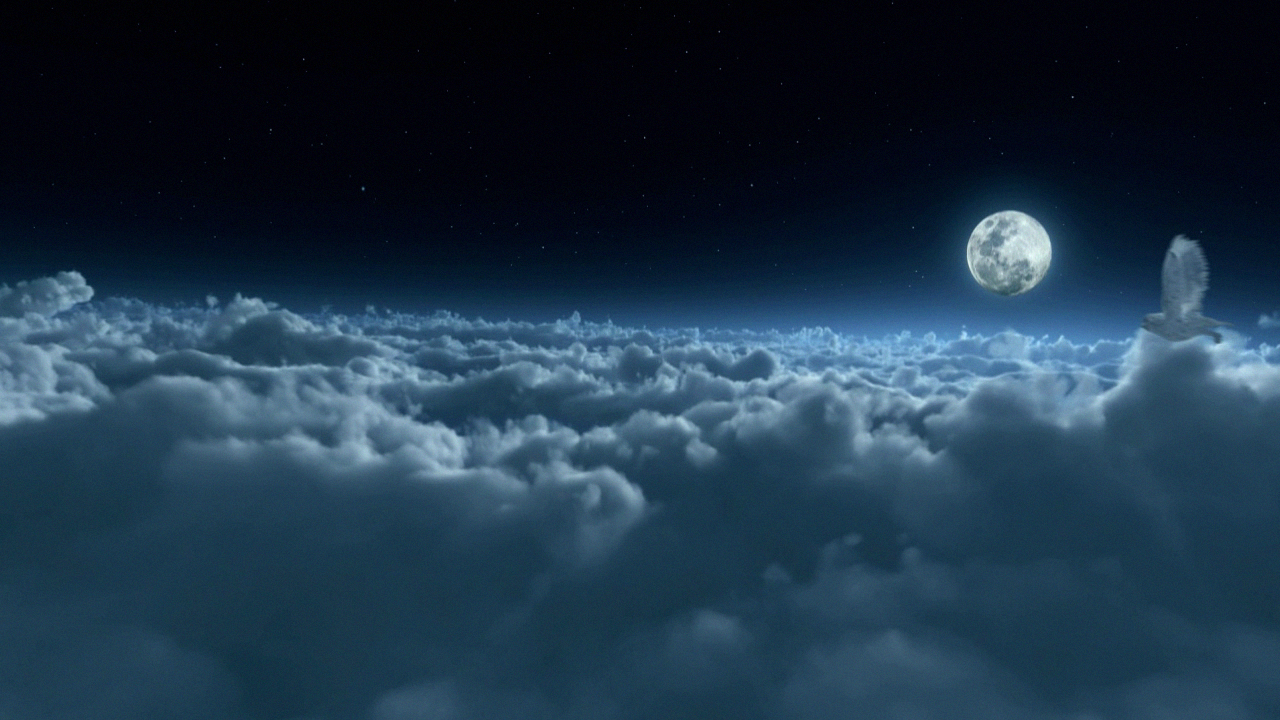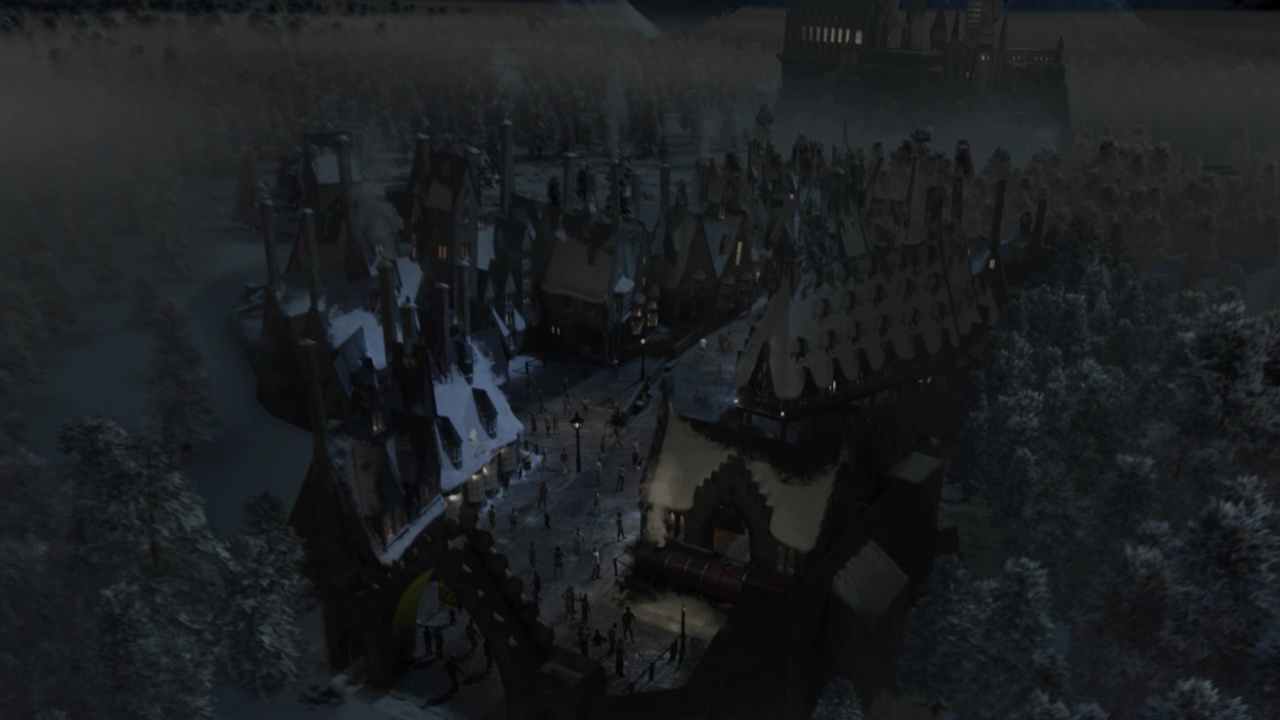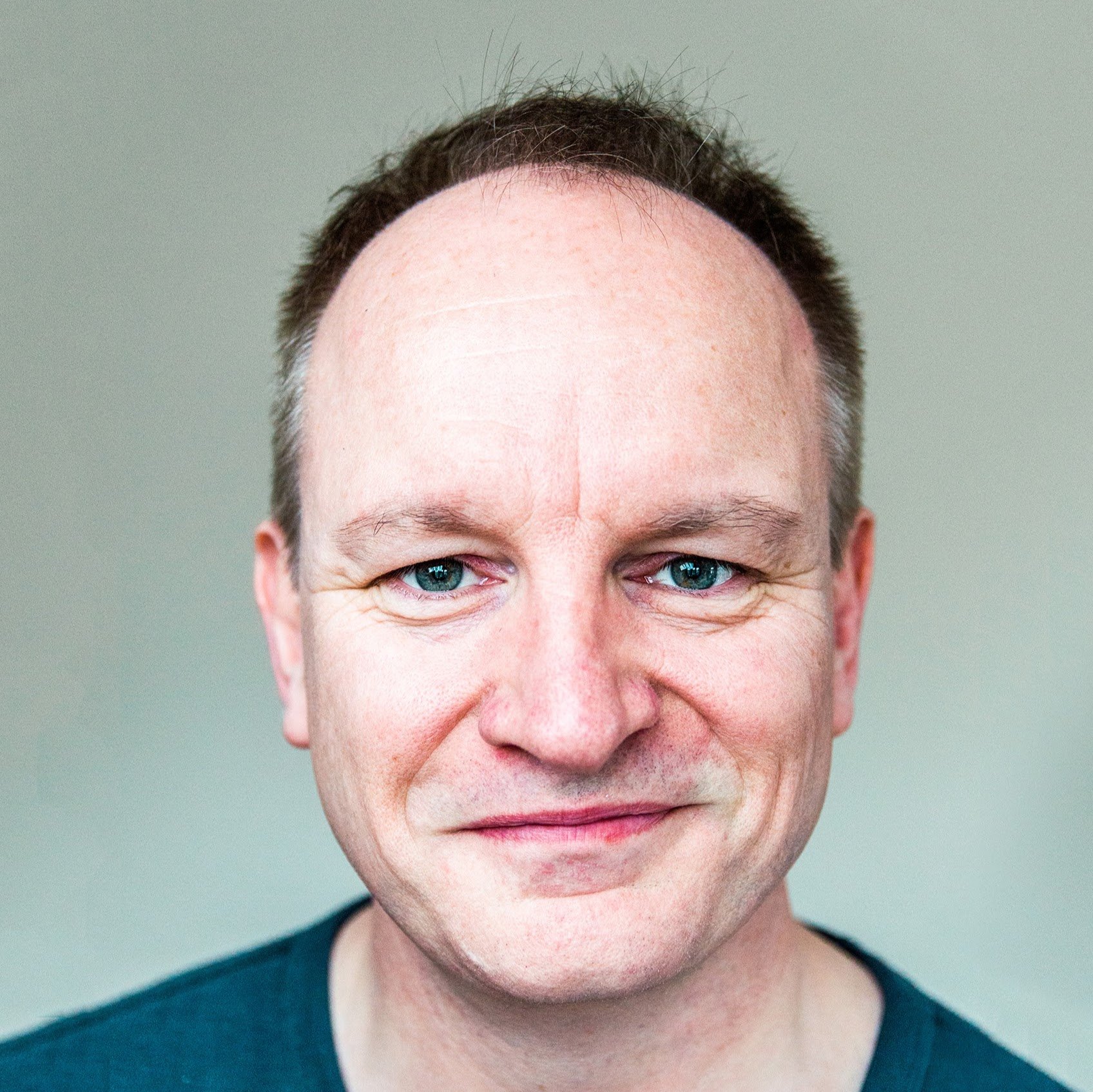Meet award winning VFX artist, Andy Davenport! With over two decades of industry experience, Andy has had the chance to work on a number of projects from undersea environments to architectural animations, aviation backgrounds, and more!
Don’t miss how Andy got his unique start in the industry, how he’s incorporated VUE into his workflow, and his advice for how you too can make a career with CGI!

What is your background?
I’ve always been fascinated by visual effects in movies, but CGI was still in its infancy when I was younger. Films like Tron and The Last Star Fighter certainly captured my imagination and fascinated me with their CGI visuals, but I would never have dreamed that you could one day choose to do that as a career!
I got into the industry via a rather unorthodox route. In the mid-90’s, I was working as a postman delivering mail to the local firms and spent my afternoons teaching myself 3D animation and rendering, which I looked at as no more than a hobby.
One day, a couple of guys moved into an office space on my round and were doing what I did as a hobby, but for a living! After a couple of parcel deliveries, I finally plucked up the courage to mention that I dabbled with a bit of 3D animation myself. They asked me to bring in a showreel (a what? I’d never heard of them) of my best work and promptly offered me a job off the back of it.
I’ve never been much of a modeler, so the animation and compositing side of things are what I enjoy the most. I love taking the disparate elements and bringing them together to complete the final shot.
As a freelancer, I love the fact that no two days are the same. I might be on set or location for a shoot one day, then sat at my desk animating or compositing the next. Sometimes I’ll be working on a complex, exciting shot, other times a bit of rotoscoping or a simple sky replacement. It’s not always fun, and it’s never easy, but I love the variety and I love a challenge!
As I continue down my career path, I just hope that I keep enjoying it and keep getting asked back! There are new tools and techniques coming out all the time, so it’s important to stay up to date with the latest trends but not abandon the old ways, just because they’re old.

What is your experience with VUE?
I’ve used VUE for a number of professional projects, including visualizing undersea environments, backgrounds for architectural animations and landscape & sky backgrounds for aviation projects. I mainly use 3DS Max for 3D animation, so the VUE xStream plugin integration proved to be invaluable on a number of occasions.
One of the VUE projects I’m most proud of is the work produced for the Wizarding World of Harry Potter microsite at Universal Orlando. VUE was used for the intro sequence, where we follow an owl flying above and then through the clouds, down to the village of Hogsmeade.
One of my biggest challenges, also from the Harry Potter project was the image produced and displayed on the side of a Virgin Atlantic 747-400, used to promote the opening of the park in 2010. The cloudscape background had to be rendered at a super high resolution of 25K! It ended up taking a couple of days to render over a small network of PC’s running VUE render nodes, all the while praying there wouldn’t be a power cut!
When I work for other studios, they tend to have their own planning and time allocation programs, which I am required to use. When planning my own schedule, I’ll invariably use Excel to create a spreadsheet where I can set up a shot list and check off the tasks assigned for each shot as I go.
The other software packages I regularly use are 3DS Max, After Effects, Photoshop and Nuke.

Do you have any advice to share?

Where do you get your inspiration?
Anywhere and everywhere! Films, TV, art, nature, even my fellow CG artists. This is an industry where there’s always something new and exciting to discover, so you’ll never run out of inspiration.

Would you recommend VUE to other artists and why?

Thanks, Andy! Don’t forget to check out his projects at: https://www.glitchvfx.com/
